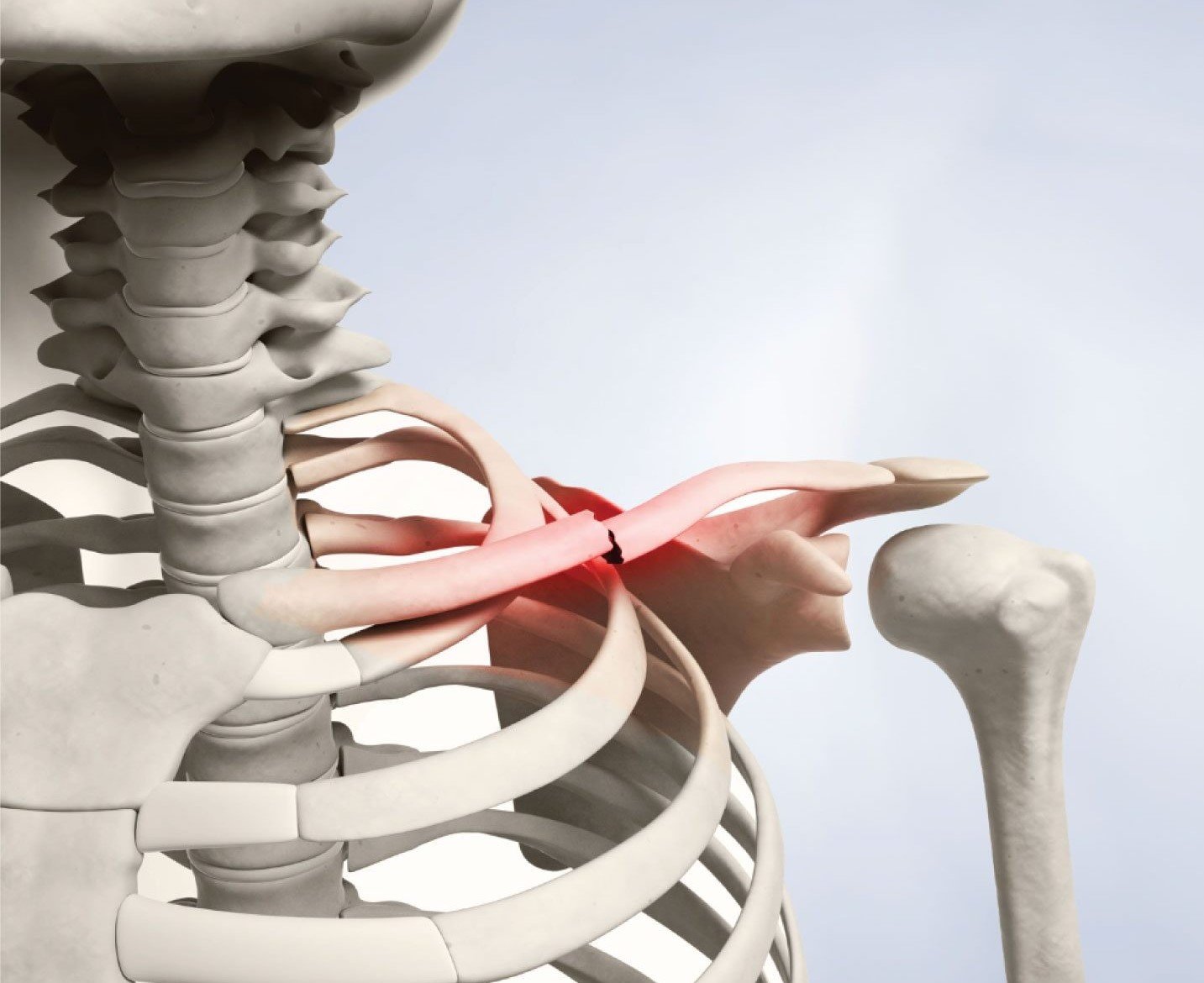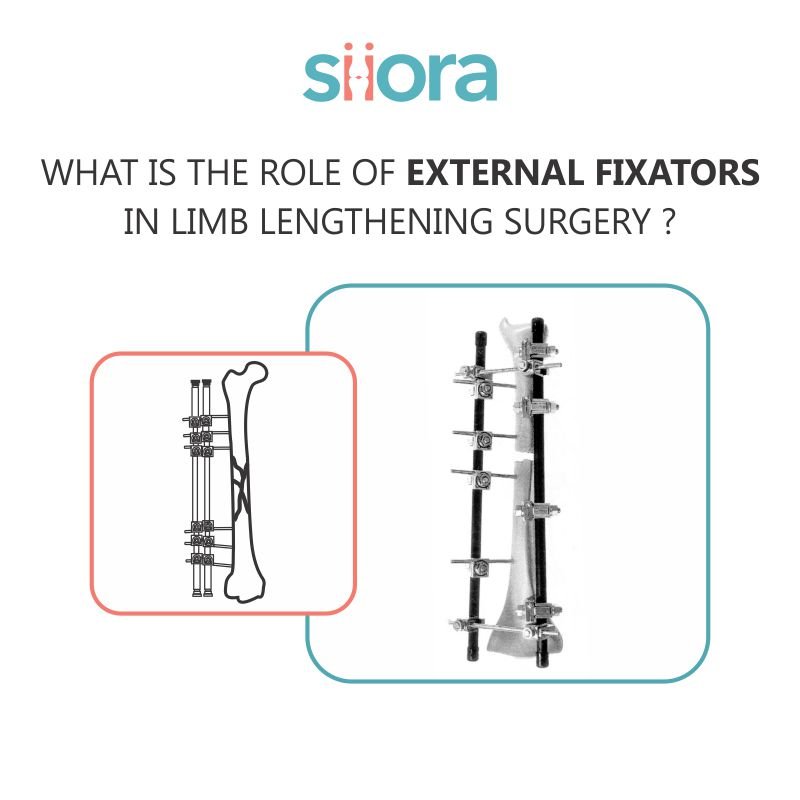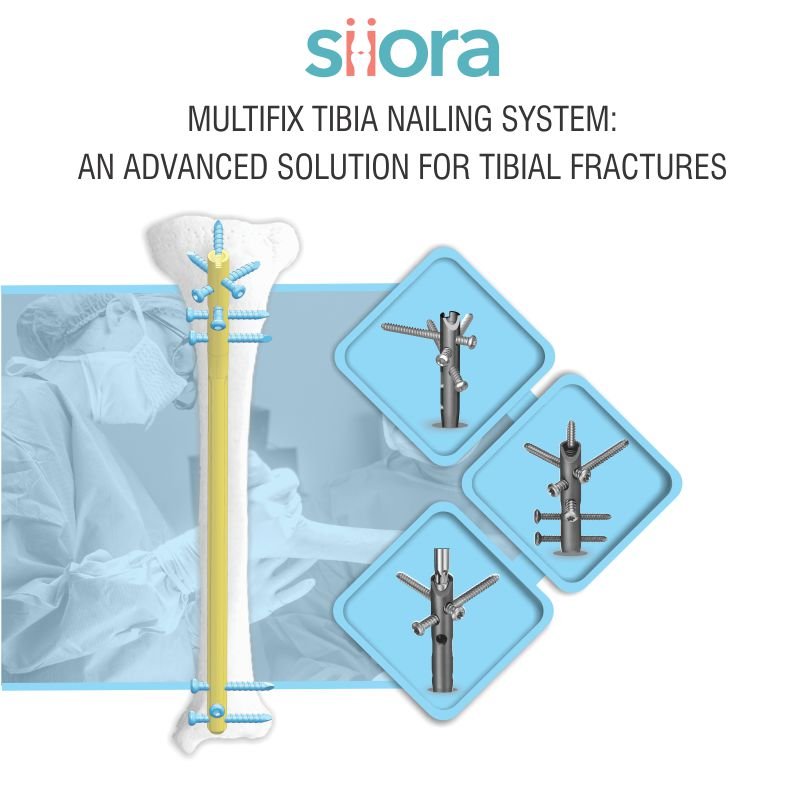A clavicle fracture is a type of treatment to fix a broken bone. Open reduction and internal fixation (ORIF) are one of the treatment options to fix a broken bone. It puts the parts of a broken bone together so that they can heal. Open reduction means the bones are put back in their place during surgery. Internal fixation means that special hardware is used to hold the bone parts together. This helps to correct the bone accurately. The procedure is done by an orthopedic surgeon using orthopedic implants & instruments provided by the orthopedic instrument manufacturers in India.
How do I prepare for a clavicle fracture open reduction and internal fixation?
Before ORIF physical and X-ray examination of the site of injury is necessary. A doctor would like to get even details like the medicines you take, including over-the-counter medicines such as Aspirin. Also, tell your doctor the last time you ate.
Doctors might perform your ORIF as a planned process. If this is the case, ask whether you should stop taking any medicines ahead of time, for example, blood thinners. You will need to avoid drink and food after midnight the night before the procedure.
What happens at the time of a clavicle fracture open reduction and internal fixation?
An orthopedic surgeon and a team of specialized healthcare professionals will perform the procedure with the help of orthopedic surgery instruments obtained from orthopedic instrument distributors in Jakarta. The whole operation may take two hours. In general, you can expect the following:
- You will receive general anesthesia to make you sleep through the operation so that you would not feel any discomfort or pain.
- A healthcare professional will carefully monitor your vital signs, such as your blood pressure and heart rate during the operation. You may have a breathing tube placed down your throat during the operation to help you in breathing.
- After cleaning the affected area, your surgeon will make an incision through the muscle and skin near your clavicle.
- Your orthopedic surgeon will bring the pieces of your clavicle back into alignment (reduction).
- Next, your surgeon will secure the clavicle pieces to each other (fixation). To do this, she or he may use one or more of the Orthopedic Implants viz. bone screws, orthopedic plates, wires, and pins.
- Your doctor may make other essential repairs.
- Locking Reconstruction Plate 3.5 MM Straight is used for the clavicle fracture
- After the team has secured the bone, your surgeon will surgically close the layers of muscle and skin around your clavicle.
What happens after a clavicle fracture open reduction and internal fixation?
You may have some pain after your procedure, but pain medicine may help to lessen the pain. You should be able to resume a normal diet as soon as possible. You will probably require an imaging procedure, like an X-ray, to ensure that your surgery was successful. Depending on the extent of your injury and your other medical conditions, you may be able to go home that same day.
For a while after your surgery, you will need to keep your arm immobile. Usually, this means that you will need to wear your arm in a sling for several weeks. You will get instructions about how you can move your arm.
Your doctor might give you other instructions about caring for your clavicle, such as applying ice. Your doctor might not want you to take certain over-the-counter medicine for pain, because some of these can interfere with the healing of bone. your doctor may advise you to eat a diet high in vitamin D and calcium as your bone heals.
You might have some fluid draining from your incision. This is normal. Let your doctor know right away if:
- You see an increase in swelling, redness, or draining from your incision.
- You have high chills or fever
- You have severe pain
- You have a loss of feeling somewhere in your body
Make sure to have all your follow-up appointments. You may need to have your staples or stitches removed in a week or so.
At some point, you may need physical therapy to restore flexibility and strength to your muscles. Doing your exercises as prescribed can improve your chances of a complete recovery. Most people can return to all their regular activities within a few months.








